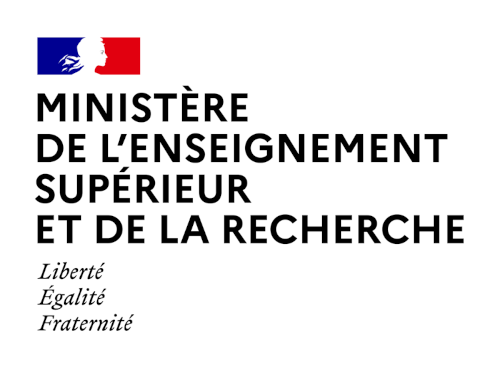Coord.: António DE ALMEIDA MENDES (Université de Nantes), Alejandro E. GÓMEZ (Université Sorbonne Nouvelle - Paris 3), Aanor LE MOUËL (Université de Nantes)
Org.: École des hautes études hispaniques et ibériques (Casa de Velázquez, Madrid), Programme STARACO (STAtuts, RAce et COuleurs dans l’Atlantique, Région des Pays de la Loire, Université de Nantes), EA 1163 (CRHIA, Université de Nantes), EA 2052 (CRIAL/CRICCAL, Université Sorbonne Nouvelle - Paris 3)
Col.: Château des Ducs de Bretagne de Nantes, Institut d’études avancées de Nantes
Conference venue:
Casa de Velázquez
C/ Paul Guinard, 3
28040 Madrid
Colors of Blood
Racial catégories and semantics of race

Podcasts
El color blanco de crioulo, criollo y créole: la mirada de tres comunidades lingüísticas
Alla KLIMENKOWA
Cores e categorias sociais no império português da África Oriental do século XVIII
Eugénia RODRIGUES
L’effacement de la marque indélébile. les contentieux raciaux en Caroline du Sud
Lawrence AJE
Un gentilhomme est à roturier ce qu'un blanc est à un noir
Friedemann PESTEL
Presentation
Toward the end of the Middle Ages, the outset of the European expansion considerably increased the contacts between culturally different peoples. This phenomenon led to the formation of multi-ethnic societies in which “Old Christians” lived together with “New Christians” (as in the Iberian Peninsula), or European colonizers associating with indigenous colonized peoples (beyond the boundaries of the Old Continent), and which often showed high levels of biological and cultural miscegenation. This process was accompanied by the emergence of a whole myriad of socio-racial categories, most of which were unprecedented.
The consolidation of the conquest of the Americas, the establishment of trading posts in the coasts of Africa, the development of the transnational slave trade, and then the introduction of the ‘plantation complex’, the European expansion toward Asia and, much later, the abolitions of slavery, came to complete a complex socio-ethnic equation. Indeed, these and other situations increased the emigration and circulation of Europeans, and led to the incorporation of millions of African and Asians, mainly as slaves or indentured workers.
The resulting ethnic diversity was particularly intense in societies such as those described above in the insular Atlantic, in the Western Coast of Africa, in islands of the Indian Ocean, the Caribbean, and throughout most of the Americas. This colloquium seeks to reflect on the socio-cultural dynamics, the processes of hierarchysation and creolization, the development of self-identities, and other elements that over time contributed to change, perpetuate, or even erase the socio-racial representations of otherness and the categories that reflected them.














